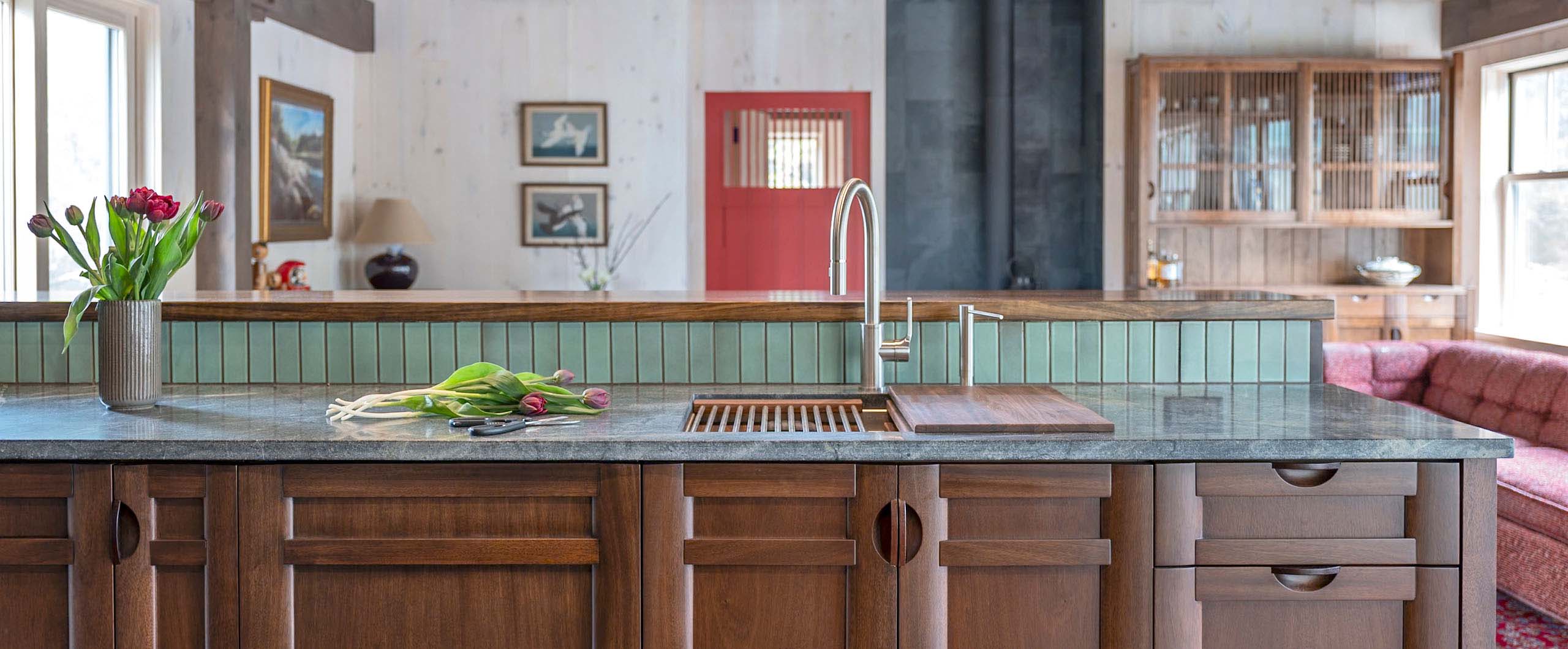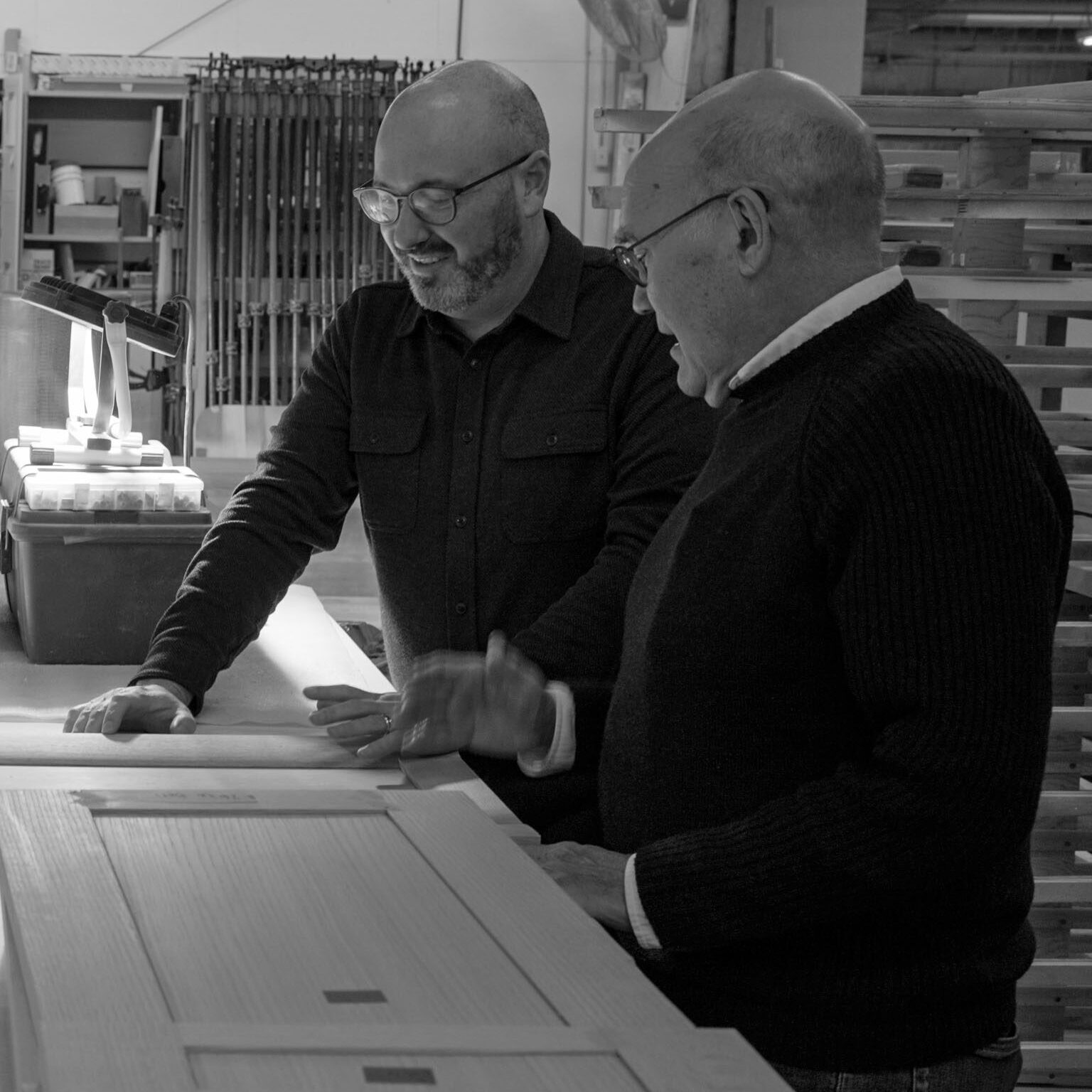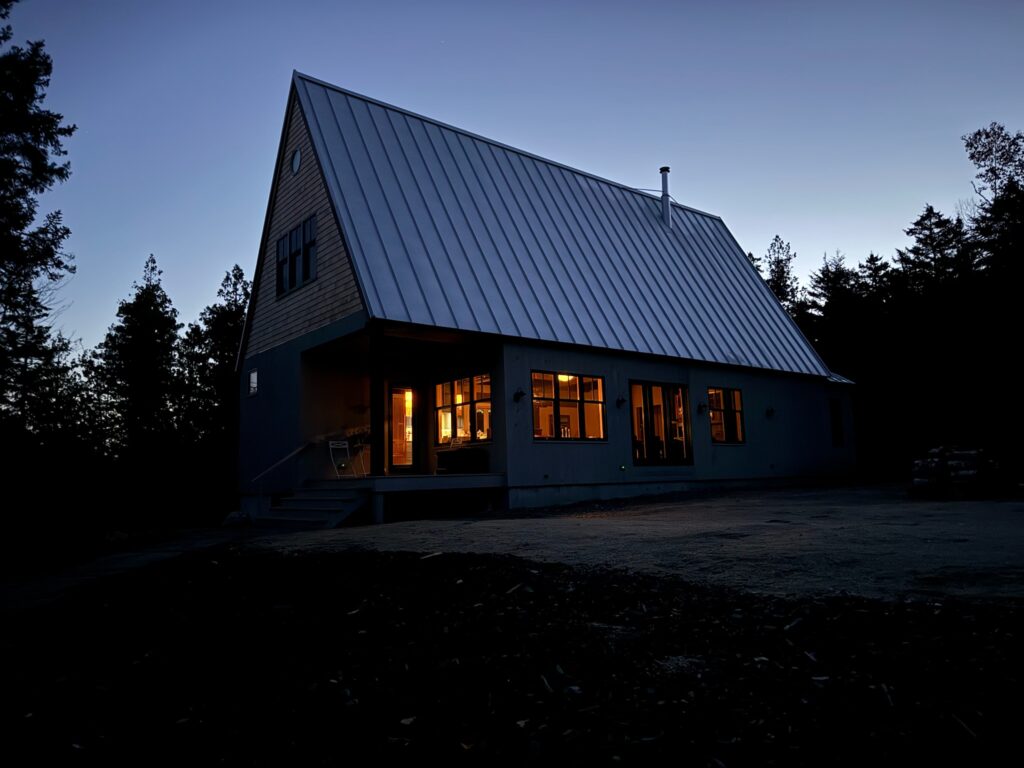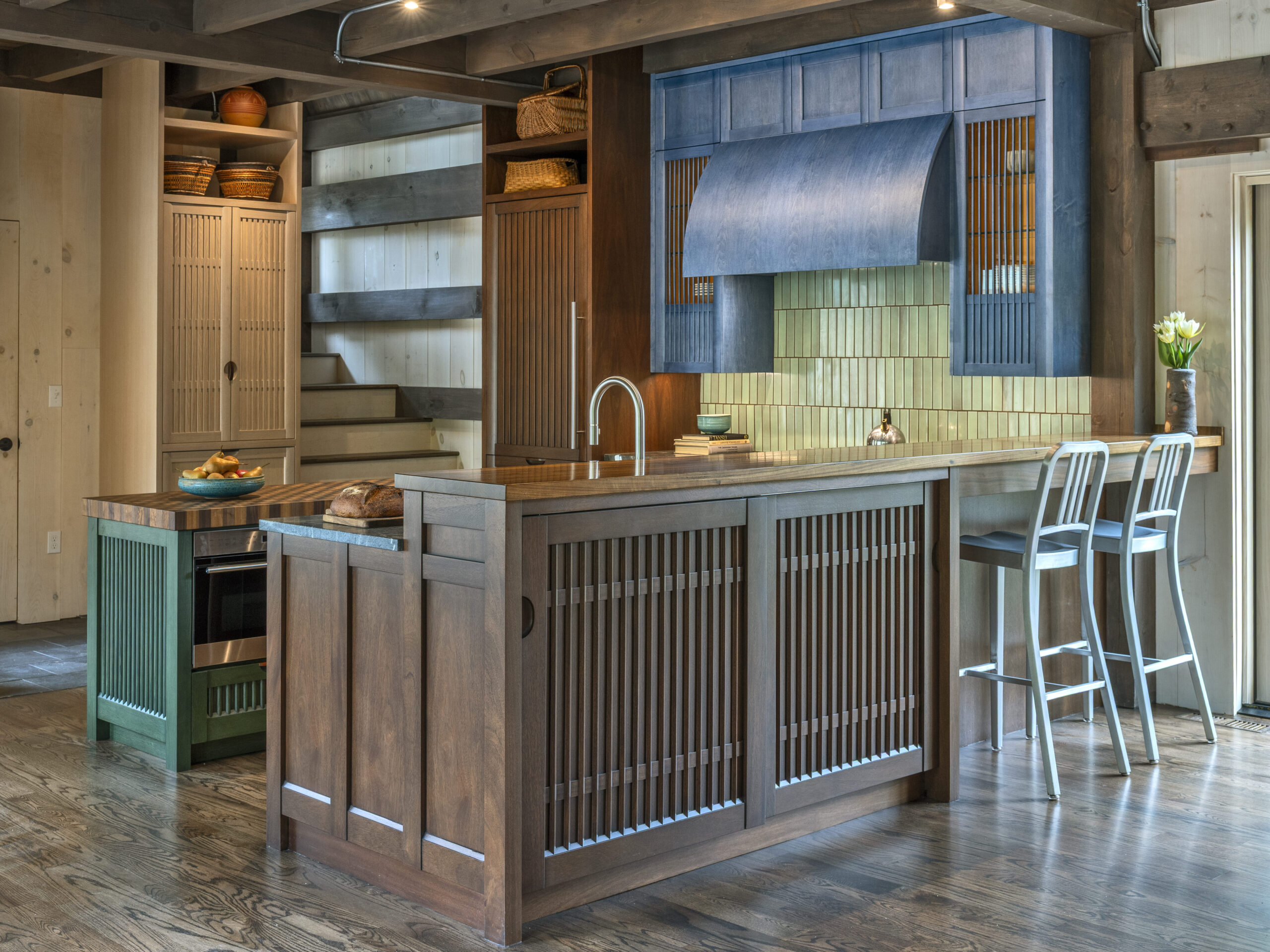
The Story of Katachi

The Story of Katachi begins with Dutch Made Custom Cabinetry.
Founded in 1967 by Martin Graber, Dutch Made built a national reputation for artisan cabinetry crafted with time-honored techniques and uncompromising attention to detail. Over the following decades, Dutch Made was a trusted brand among top designers across the country, featured in This Old House, showcased in notable design publications, and installed in homes of national celebrities.
In 2019, Dutch Made Custom Cabinetry entered a new chapter under new ownership, reaffirming its commitment to the brand’s artisanal roots while embracing innovation. Under the leadership of CEO Seth Nash, the company sought to translate its founding principles into meaningful, timeless product design.
That pursuit led Seth to designer Scott A. Stultz, and the concept of Katachi emerged.
Scott is widely respected for his thoughtful integration of theory, history, and artistry—qualities that lend his work both depth and timelessness. For more than 30 years, he has created cabinetry, furniture, and millwork for leading names in the luxury kitchen and interiors industries. His collections consistently rank among the top performers for his clients and the designers they serve, a testament to his refined sense of scale, proportion, and detail.
As Seth and Scott began to explore Katachi, it quickly became clear that Scott’s vision stood apart—an expression of elegance unlike anything he had developed before. Katachi was a natural fit for the design community’s growing appreciation of Japandi, the harmonious blend of Japanese and Scandinavian aesthetics.

It was these design elements that convinced Seth that Katachi was meant for Dutch Made. What began as an idea soon evolved into a true collaboration—where artistry met craftsmanship. As work on the collection started, Scott’s vision unfolded step by step: first as fluid hand sketches, then as intricate 3D renderings, and finally as tangible forms.
Drawing on his extensive background in architecture, cabinetry, and product design—as well as his own Japanese heritage—Scott created a collection that embodies decades of experience and a lifelong fascination with the interplay of light, material, and form.
That essence is captured in the name itself. The Japanese word katachi has no exact English equivalent, yet it reflects a core design philosophy: the inseparable relationship between material and form.
As Scott developed Katachi, he found inspiration in the quiet strength and precision of traditional Japanese architecture—the rhythm of koshi (slatted screens), the elegance of bypass doors, and the beauty of vertical lines that create subtle depth and layered complexity. By studying the way light moves across angles and planes, Scott designed a collection that reveals new character over time, becoming ever more integrated with the space it inhabits.
Working alongside Dutch Made’s talented artisans—most notably Ryan Goff—Scott watched Katachi come to life. The designs that once lived on paper began to take shape in wood and glass, revealing the harmony, balance, and quiet beauty that define Katachi.
Among the many skilled craftsmen at Dutch Made, Ryan brought an especially distinctive perspective. Trained as a sculptor with a Master of Fine Arts, he had spent years shaping form and material through the lens of fine art before finding his calling in woodworking. His transition to cabinetry was a natural evolution—a new canvas for his sculptural sensibility.
When Ryan and Scott began collaborating, their shared respect for craftsmanship and form sparked an immediate connection. Together, they translated Scott’s vision into tangible prototypes, each iteration refining both the design language of Katachi and its structural integrity.
Those early stages were not just about perfecting a product—they were about discovery, dialogue, and creation. The Katachi collection emerged from that collaboration as something deeply personal: hand-built, handcrafted, and hand-shaped with intention.

As the final stage of prototyping, Dutch Made brought Katachi to life in a real setting—crafting a complete kitchen for installation in the airy Maine home that Scott himself designed. The home, built using traditional Japanese timber construction and defined by its graceful A-frame silhouette, became both canvas and collaborator.
Here, Katachi was put to the test—its forms, proportions, and finishes explored in full scale. The result is a breathtaking harmony of color, texture, and light, where each element complements the landscape, the architecture, and the home’s quietly eclectic spirit.
Yet, this prototype kitchen is only the beginning of Katachi’s story. As Dutch Made dealers interpret and craft each new space, Katachi will continue to evolve—shaped by the vision of its makers and the lives of those who call it home.



